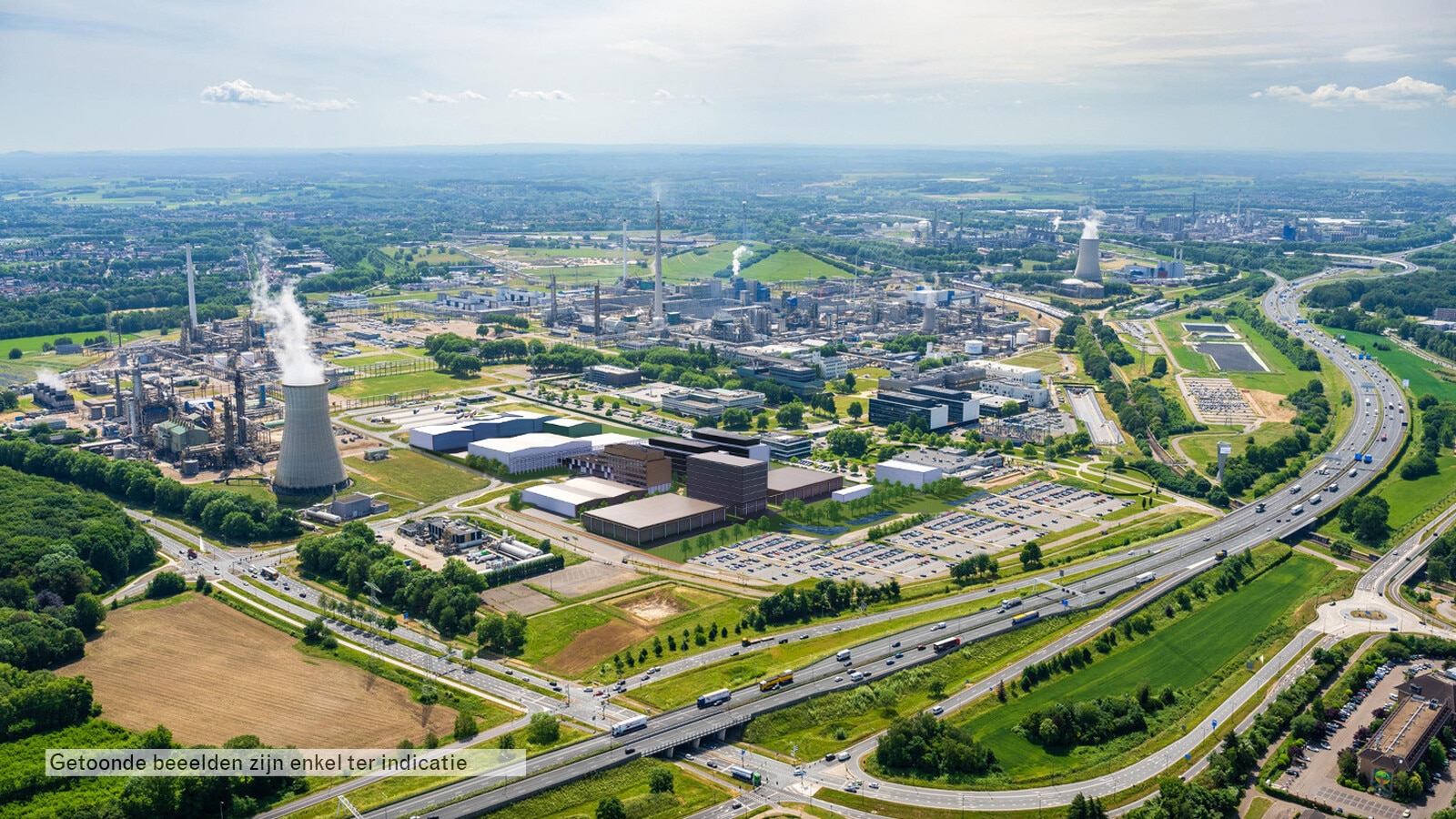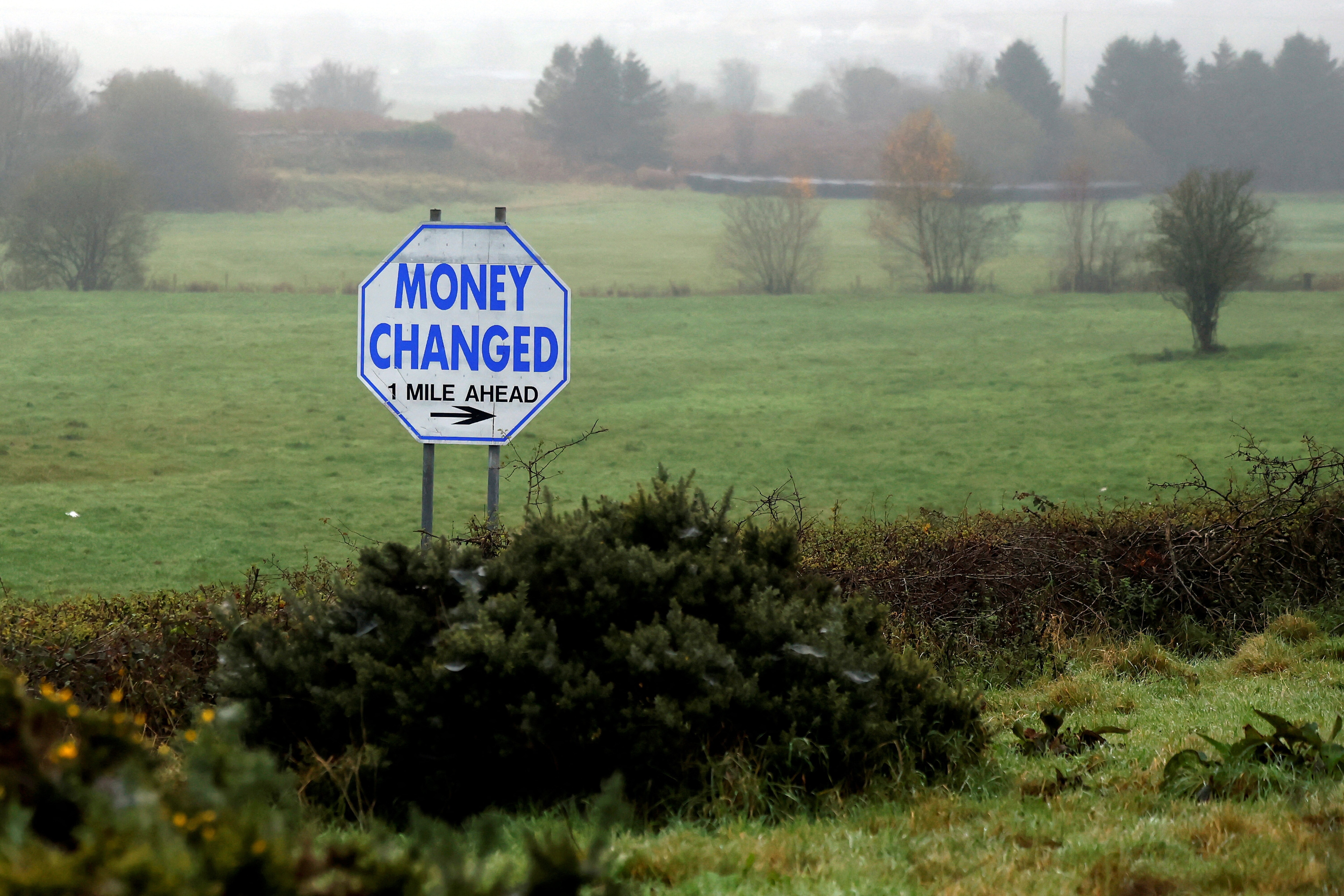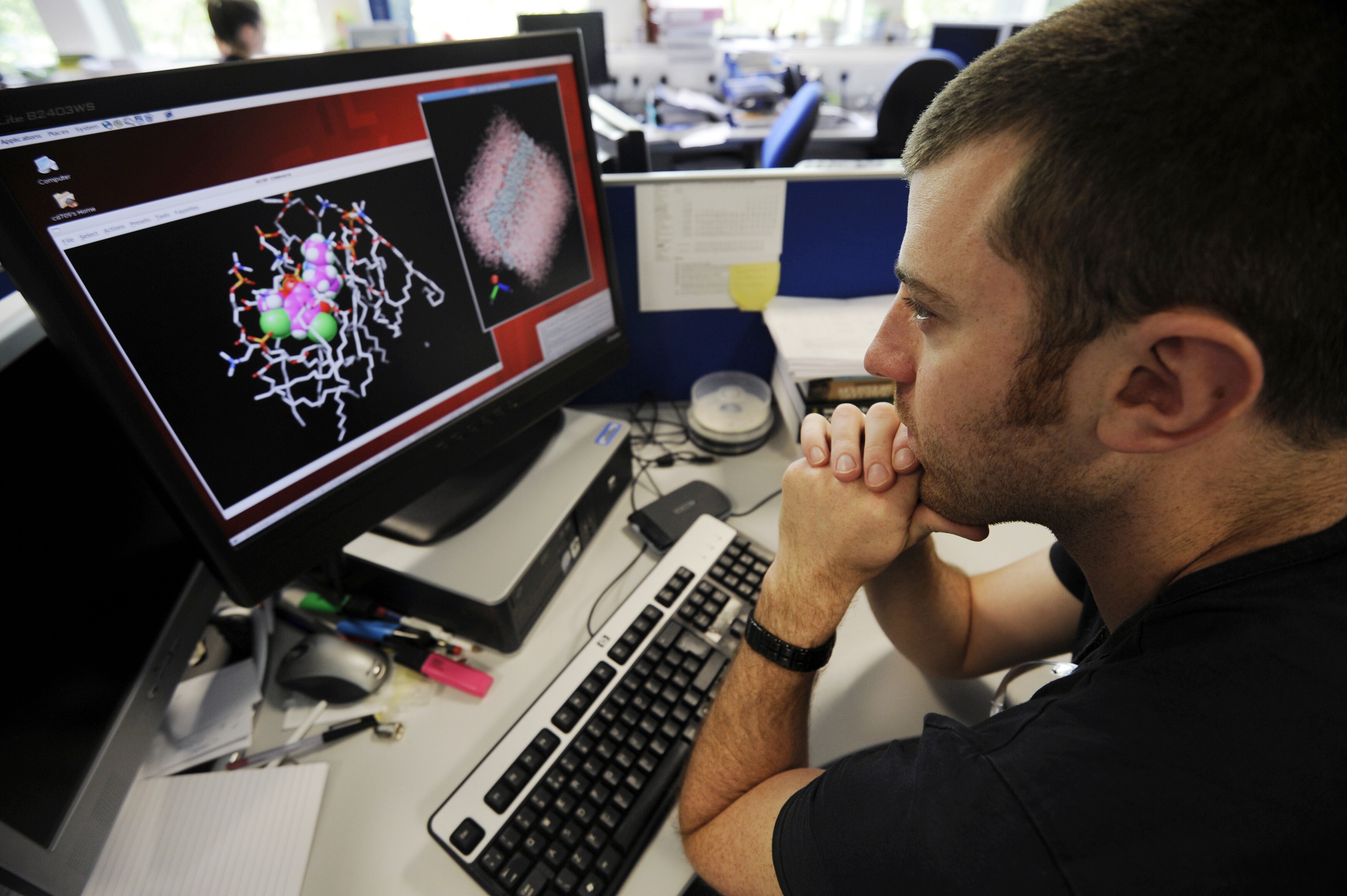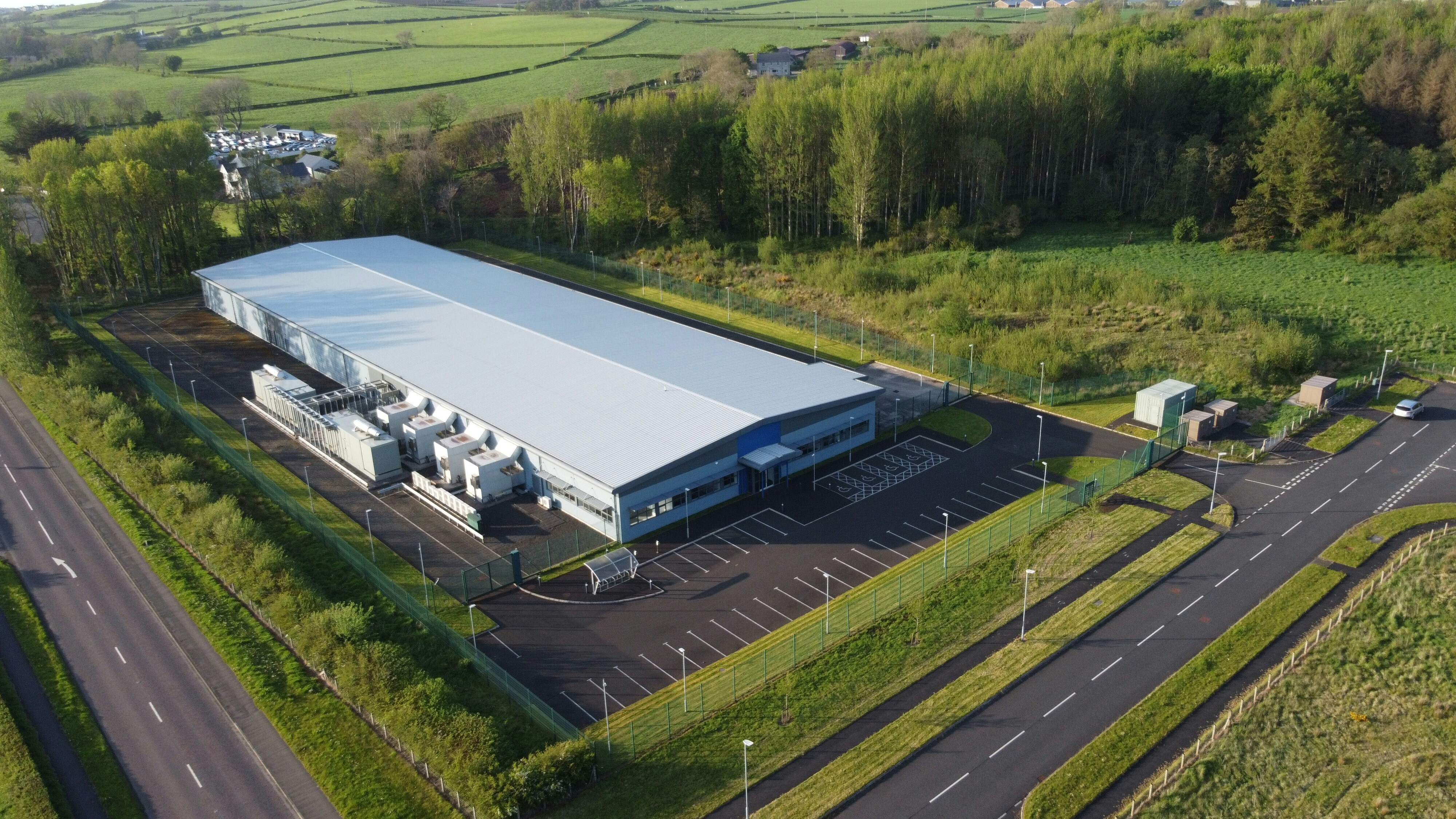Who needs cars? Smart transport in smart cities

Last year marked an important tipping point: for the first time, half of the global population lives in cities. Cities currently add 1.4 million people each week and this population growth comes with new buildings, roads and transport systems.
In fact, 75 percent of the infrastructure that will be in place by 2050 does not exist today. With cities poised to invest now in infrastructure that will last for decades, huge opportunities lie ahead. But without major shifts now in how we manage established as well as rapidly growing cities, we risk losing out on the potential of urbanization to create more inclusive and prosperous societies.
2015 offers a big chance for the international community to help put cities on a more sustainable path. We at the World Bank and the World Resources Institute (WRI) believe that we must seize this opportunity, because cities and urban mobility are key to a sustainable future.
Business-as-usual urbanization patterns come at a hefty price. Cities already produce 70 percent of energy-related greenhouse gas emissions and traffic crashes claim 1.2 million lives per year, with developing cities carrying the greatest burden.
Traffic congestion cost Rio de Janeiro and São Paulo a combined $43 billion in 2013 alone, equivalent to 8 percent of each city’s GDP. In Beijing, the costs of congestion and air pollution are estimated at 7-15 percent of GDP. Urban sprawl costs the United States alone $400 billion per year.
This is not the future we want for our cities.
Leapfrogging cars
We can either continue to build car-oriented cities that lock in these unsustainable patterns, or we can scale up existing models for creating more inclusive, accessible and connected cities. Pursuing smarter urban mobility options can help growing cities leapfrog car-centric development and adopt strategies that boost inclusive economic growth and improve quality of life.
Today there is much talk about what makes cities and their transport systems smart, but little consensus. While the concept has come to be synonymous with innovative technological solutions, we argue that it goes beyond this.
Technology and infrastructure are key, but they only go so far without coordinated planning and vision. Truly smart urban mobility systems leverage technology to improve quality of life and inform decision-making. Above all, these systems are socially, environmentally, and financially sustainable.
This type of smart urban mobility has multiple benefits. For one, it helps reduce congestion and improve traffic safety in cities worldwide. Efficient transport systems like bus rapid transit (BRT) save commuters time, reap economic benefits, and reduce the risk of traffic crashes. For example, Mexico City is poised to save $141 million in regained economic productivity from just one of six lines of its Metrobús BRT system.
Second, it can significantly reduce air pollution and greenhouse gas emissions. Transport accounts for 23 percent of energy-related greenhouse gas emissions, and urban car use is the single largest contributor to transport emissions. Beijing, in an effort to curb car use, is planning a low emission zone that will cut carbon emissions and contribute to its target of reducing air pollution by 40 percent.
Finally, smart urban mobility helps low-income residents. Efficient, integrated transport systems can link urbanites to jobs and education and expand access to opportunity. For instance, Medellín’s Metrocable system has transformed what was once a day-long journey from the city’s mountainous slums to its urban core into a 30-minute affair, increasing access to daily needs and empowering the city’s most disadvantaged communities.
Innovation and knowledge needed
This transition to smart, sustainable mobility requires both local innovation and global knowledge exchange to find the right solutions. While action for a more sustainable urban future begins at the city level, the global community can foster the ambition of city leaders by building consensus on the path forward for sustainable cities and urban mobility.
2015 provides three big opportunities for progress on this front. First, the United Nations Sustainable Development Goals (SDGs) – set to be finalised in September – are slated to include an explicit focus on reducing global poverty and inequality through cities, with a specific emphasis on urban mobility.
Second, climate negotiations in December may produce the first binding international agreement on combating climate change, opening up the pathway for low-carbon cities. Third, 2015 marks the halfway point in the United Nations Decade of Action on Road Safety, an important drive to make cities safer through sustainable mobility.
Opportunities to transform urban mobility and make cities more sustainable, inclusive and safe are also the focus of Transforming Transportation 2015, an annual gathering in Washington, DC organized by the World Bank and the World Resources Institute. This year’s event, “Smart Cities for Shared Prosperity,” will explore how smart urban mobility solutions can improve quality of life in cities.
We must seize these opportunities. This is a critical year for building global momentum and commitment towards cities that are safe, sustainable and prosperous for all.
This article originally appeared on The World Bank’s Transport for Development Blog. Publication does not imply endorsement of views by the World Economic Forum.
To keep up with Forum:Agenda subscribe to our weekly newsletter.
Author: Pierre Guislain, a Belgian national, is the Senior Director for the Transport and Information & Communications Technology Global Practice at the World Bank Group. Aniruddha (Ani) Dasgupta is the Global Director of the WRI Ross Center for Sustainable Cities.
Image: Traffic crosses over the new diagonal crossing at Oxford Circus in London November 2, 2009. REUTERS/Stefan Wermuth.
Don't miss any update on this topic
Create a free account and access your personalized content collection with our latest publications and analyses.
License and Republishing
World Economic Forum articles may be republished in accordance with the Creative Commons Attribution-NonCommercial-NoDerivatives 4.0 International Public License, and in accordance with our Terms of Use.
The views expressed in this article are those of the author alone and not the World Economic Forum.
Stay up to date:
Infrastructure
Related topics:
Forum Stories newsletter
Bringing you weekly curated insights and analysis on the global issues that matter.
More on Emerging TechnologiesSee all
Steve Smith
December 19, 2025






